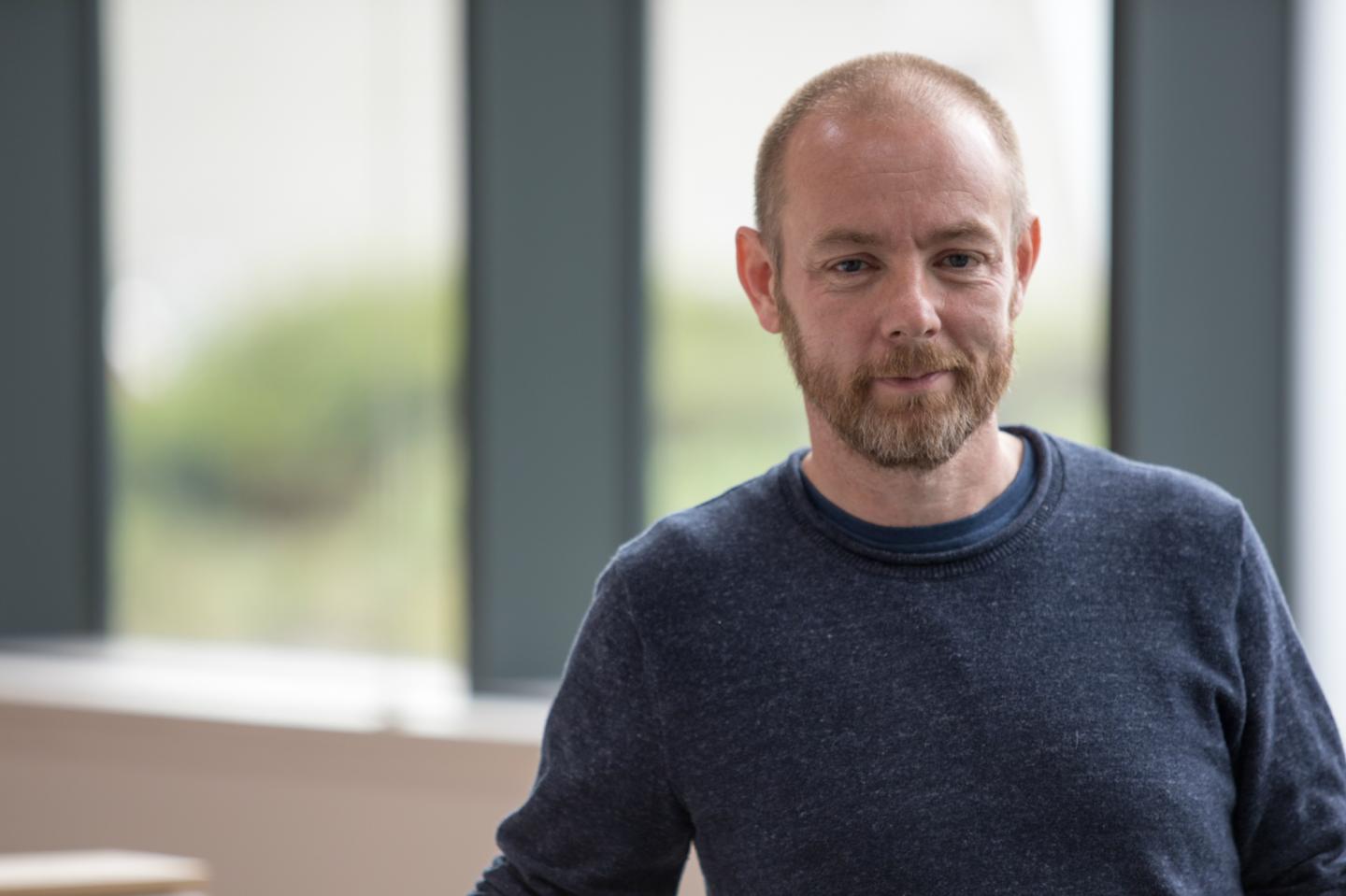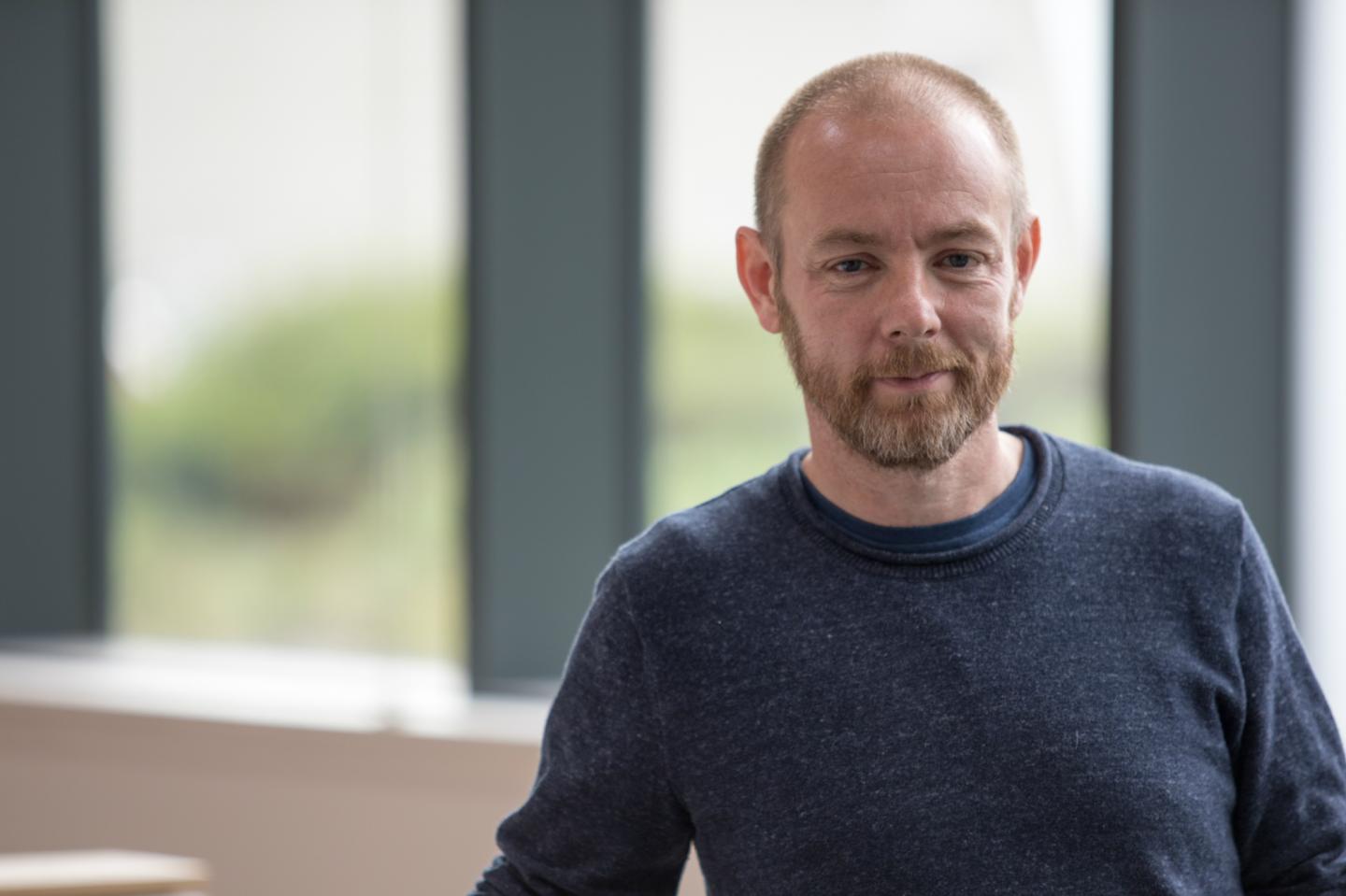
Credit: University of Stirling
Experts from the University of Stirling have made a breakthrough in understanding how people respond to lifestyle treatment for preventing Type 2 diabetes.
The team, including academics from the Faculty of Health Sciences and Sport, discovered a new genomic signature in people whose Type 2 diabetes status improves following a treatment intervention. Significantly, it is the first reliable signature for insulin sensitivity in human muscle.
Scientists believe that the findings – published in leading journal Nucleic Acids Research – will inform future research by helping understand why not all people are able to eliminate the risk of the condition by changing their lifestyle.
Dr Iain J Gallagher, of the University of Stirling, one of the research team, said: "Our hypothesis was that, with sufficient numbers of well characterised subjects and our new analysis methods, we could reveal a robust signature for what is known as 'insulin resistance' – an important precursor for developing Type 2 diabetes.
"Importantly, because we could also examine how the activation status of each 'insulin resistance' gene responded to treatment, we have also discovered a potential explanation for why not all people eliminate their Type 2 diabetes risk by following a lifestyle and exercise training programme."
The team – which included a number of international partners – analysed more than 1,000 human muscle samples and five distinct treatment regimes. In doing so, they demonstrated that 16 genes are consistently "switched" on or off in muscle tissue – but only in those people whose Type 2 diabetes risk factors improved. In such cases, the gene changes increased the individuals' insulin sensitivity – a measure of how effectively the hormone insulin is working.
Activation of the signature is impaired in people with poor insulin sensitivity, and is dysregulated to a greater extent following various types of standard lifestyle treatment.
The signature includes more than 300 measures of gene activity, representing both protein coding and long non-coding genes. It was extensively modelled to take into account body weight and age, as well as exercise capacity.
###
The study, A coding a non-coding transcriptomic perspective on the genomics of human metabolic disease, received support from the Medical Research Council, The National Institutes for Health, in the USA, and the European Framework 7 programme.
The research was led by Dr William Kraus, of Duke University in North Carolina, and Professor James Timmons, of King's College London. The University of Miami and the University of Nottingham also collaborated on the project.
Media Contact
Greg Christison
[email protected]
01-786-466-687
http://www.stir.ac.uk
Related Journal Article
http://dx.doi.org/10.1093/nar/gky570




